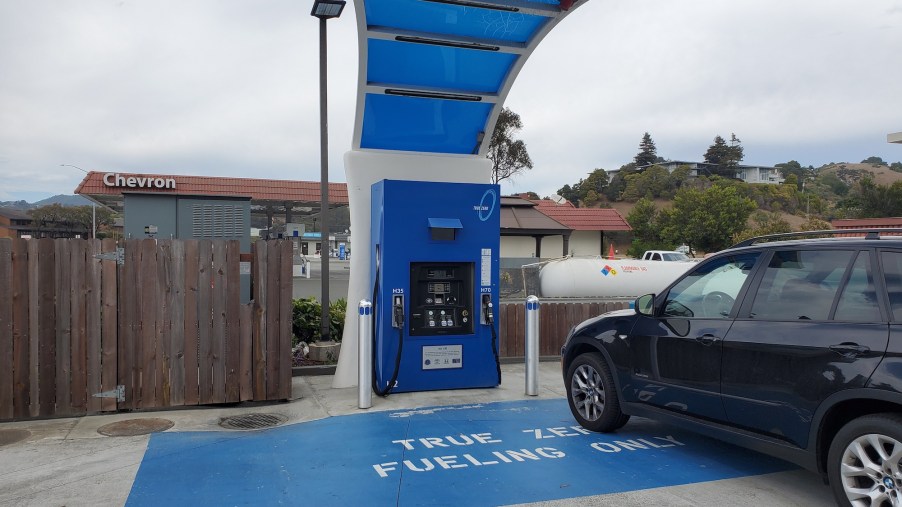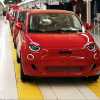
Can Fuel Cell Vehicles Explode Like ‘Hydrogen Bombs on Wheels’?
In an effort to go electric, automakers are getting creative. There’s the trusted Tesla method of lithium-ion batteries, which many automakers have been happy to copy. But to get ahead in the electric race, automakers must set trends, not follow them. That’s why Hyundai has decided to use fuel cells as a way to electrify its vehicles.
But what exactly are fuel cells, and are they safe? It all sounds innocent enough until you learn that hydrogen is used to make fuel cells. Here’s what you should know about the hydrogen used to power fuel cell electric vehicles (FCEVs).
Wait, isn’t hydrogen dangerous?
Yes, hydrogen can be dangerous. There’s no doubt about it. It’s scentless and invisible, and it has the power to make things go boom. Hydrogen can be used to make bombs, after all.
According to OSHA, “Hydrogen used in the fuel cells is a very flammable gas and can cause fires and explosions if it is not handled properly. Hydrogen is a colorless, odorless, and tasteless gas. Natural gas and propane are also odorless, but a sulfur-containing (Mercaptan) odorant is added to these gases so that a leak can be detected.”
To make things even more disturbing, the flames are reportedly invisible. So how exactly does one fight flames that can’t be seen? There’s gear designed to battle this kind of fire. But the good news is that anyone driving a vehicle powered by fuel cells most likely won’t have to deal with it.
Fuel cells make the wheels go ’round
Some automakers are choosing to use fuel cells to electrify their vehicles now. Still, many consumers immediately feel cold chills at the thought of driving a vehicle filled with such a highly combustible gas. Fleeting thoughts of dire warnings from chemistry teachers probably come to mind. Still, it’s better to look at the facts before jumping to conclusions.
Hyundai turned to the Hyundai-Ki Motors Mabuk Environment Technology Center Hydrogen Cell System Test Team for a thorough explanation of what fuel cells are, how they power cars, and why drivers need not worry about driving a “hydrogen bomb on wheels.”
Fuel cells combine oxygen and hydrogen. This is, in turn, used to generate electric power. There’s no explosion involved.
Despite its name, the hydrogen bomb uses deuterium and tritium. Neither of those elements is used in fuel cells, so you shouldn’t worry about exploding while driving down the highway.
Fuel cells are surprisingly safe
For anyone still afraid that hydrogen is flammable, Energy.gov has released a fact sheet that breaks things down a little further. It’s just basic info, but it’s easy to understand for anyone uninterested in all the scientific data that goes into developing fuel cells.
The first thing to keep in mind is that gasoline and diesel are flammable liquids. So you’re technically putting a substance into your gasoline-powered vehicle that could catch on fire. Though there are indeed cases of vehicles catching on fire, it’s not an everyday experience for drivers.
The other thing to remember is that the government wouldn’t release untested vehicles to the public. The tanks that hold the hydrogen are put through their paces before going into vehicles.
Yes, hydrogen can be dangerous if misused. But technology has come a long way, and the chances of an FCEV catching on fire randomly aren’t that high. The other good news is that fuel cell technology is becoming more cost-efficient, allowing drivers to refuel their FCEVs more easily. Fuel cells may not be the perfect solution to reduce carbon emissions, but they’re a step in the right direction.


